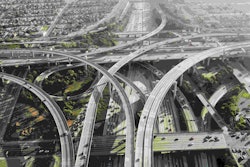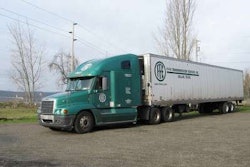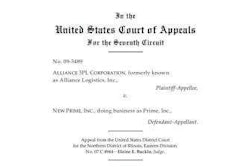
A bill introduced last week in the U.S. House of Representatives would require the Department of Transportation to adopt a strategy to direct federal investments in freight transportation that would reduce the impact on the environment and public health.
The legislation, the Focusing Resources, Economic Investment and Guidance to Help Transportation (FREIGHT) Act of 2010 (H.R. 5976) – sponsored by Reps. Albio Sires (D-N.J.), Adam Smith (D-Wash.), Laura Richardson (D-Calif.) and Steve Cohen (D-Tenn.) – mirrors a Senate bill (S. 3629) introduced last week by Sens. Frank Lautenberg (D-N.J.), Patty Murray (D-Wash.) and Maria Cantwell (D-Wash.). The bill also complements freight transportation provisions in the transportation authorization bill introduced last year by House Transportation and Infrastructure Committee Chairman James Oberstar (D-Minn.).
The FREIGHT Act directs the U.S. Department of Transportation to develop and implement institutional advances that will improve and coordinate policy within the federal government and the states, including:
1. A National Freight Transportation Strategic Plan to guide and inform goods movement infrastructure investments in future years;
2. An Office of Freight Planning and Development, led by an assistant secretary for freight planning and development; and
3. A new National Freight Infrastructure Grants program, a competitive merit-based program for multimodal freight investment designed to focus funds where they will provide the most public benefit.
“We look forward to continuing to work with Chairman Oberstar and Representatives Sires, Cohen, Richardson, and Smith to ensure that federal freight investment simultaneously modernizes the outdated freight transportation system and reduces its environmental and public health impacts,” says Kathryn Phillips, a transportation expert with the Environmental Defense Fund. “These environmental and health impacts are especially bad in communities adjacent to high-polluting freight hubs.”










